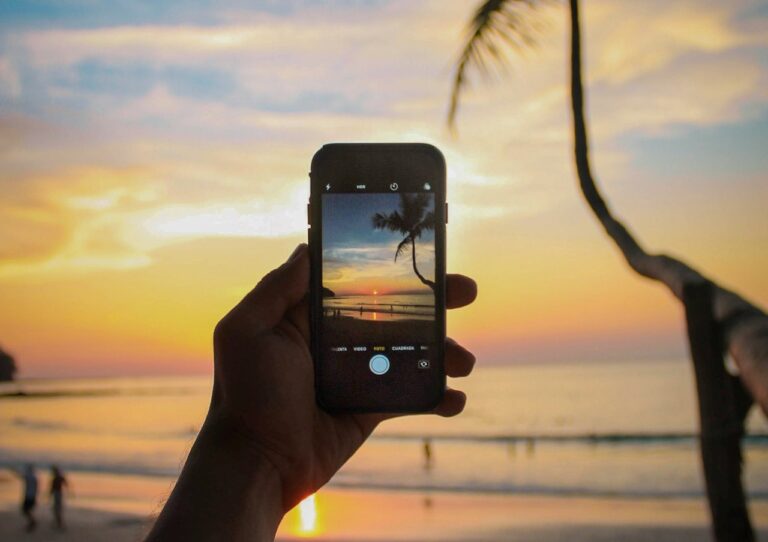Social media has had a major impact on travel, contributing to local pressures and protests this summer. Speaking at The Drum’s travel and tourism feature week, Stevie Archer of SS+K, part of the M&C Saatchi Group, said smart marketing can help strike a balance.
TikTok tourism has given rise to a lot of bad behaviour recently, with thousands of people being sent to the same trending destinations, and the “anti-tourism” backlash against protests by locals has been quietly simmering for years, coming to a head this summer.
Popularity may seem like a good thing in destination marketing, but it can reach a tipping point when it starts to become a problem. It creates a huge tension for a region: popularity that’s good for business, versus too much traffic that ruins the experience for everyone.
This year in Miami, for example, local officials had to launch a massive national “Stop Spring Break” campaign after congestion on Ocean Drive led to violence — hardly the kind of vacation you want to experience when you go to visit.
After all, the impact of “viral” tourism can disrupt the very purpose of travel: discovery. Every traveler wants to find something special that no one else has seen, but how can they achieve that experience if they’re all in the same place?
Destination marketers have a key role to play in preventing overtourism. While marketers have traditionally acted as curators of travel experiences, they must also assume the role of stewards of the destinations they market. But how?
AI-powered
View FAQ
Spread the love
Destination marketing organizations (DMOs) and location-based brands can promote responsible tourism by creating campaigns that educate visitors about the destination’s history and encourage appreciation of local culture and customs. By promoting more mindful travel, they can show visitors how to avoid ruining destinations for others and destroying natural resources.
Marketers need to be more proactive when issues arise in a location. Marketers can partner with local governments and help enforce any measures authorities take to protect destinations from over-tourism. For example, local governments in Thailand have closed some popular beaches to prevent excessive tourist influx. Also, over-touristed destinations such as Venice and Florence have recently increased tourist taxes to cover the additional costs of maintenance and protection. Marketers can help support such measures.
While social media has made it easier for destinations to drive visitors to popular locations, marketers can strive to strike a balance through a more concerted effort to direct visitors to different areas and experiences that they may not know about or have seen featured on their feed.
For example, in New York City, a block in Brooklyn may be overrun with tourists trying to take the same Instagram photo of the Manhattan skyline and bridge, while the waterfront has countless other locations where they can take a similar photo of the skyline. By directing visitors elsewhere to a comparable experience to the crowded location, marketers can share the tourist wealth with other overlooked parts of the destination, while also protecting the original location from overtourism.
Get creative
When a destination becomes a pop culture epicenter, like the Four Seasons Hawaiian Hotel, the setting for HBO’s “White Lotus,” marketers need to encourage people to seek out similar places nearby or elsewhere. By leveraging the simple idea of ”If you like it here, you’ll love it here,” marketers can direct tourists to similar places and experiences. They can also spread out visitors to culturally trending locations and encourage “off-season” travel so that not everyone arrives at peak times.
Additionally, marketers and brands can get creative and leverage the resources that destinations offer. This summer, marketers for travel to France can promote the cultural attractions of Paris, famous for its museums like the Louvre, when the city will be busier due to the 2024 Olympics. We can help travelers skip the lines and avoid disruption for TikTok users.
In a world where social media drives tourism, it’s easy to forget that travelers and tourists still want the same thing – the joy of discovery. Marketers can benefit both local communities and travel brands by thinking responsibly and acting proactively on this issue.
For more on the travel, tourism and automotive industries, check out The Drum’s dedicated Focus Week hub.

